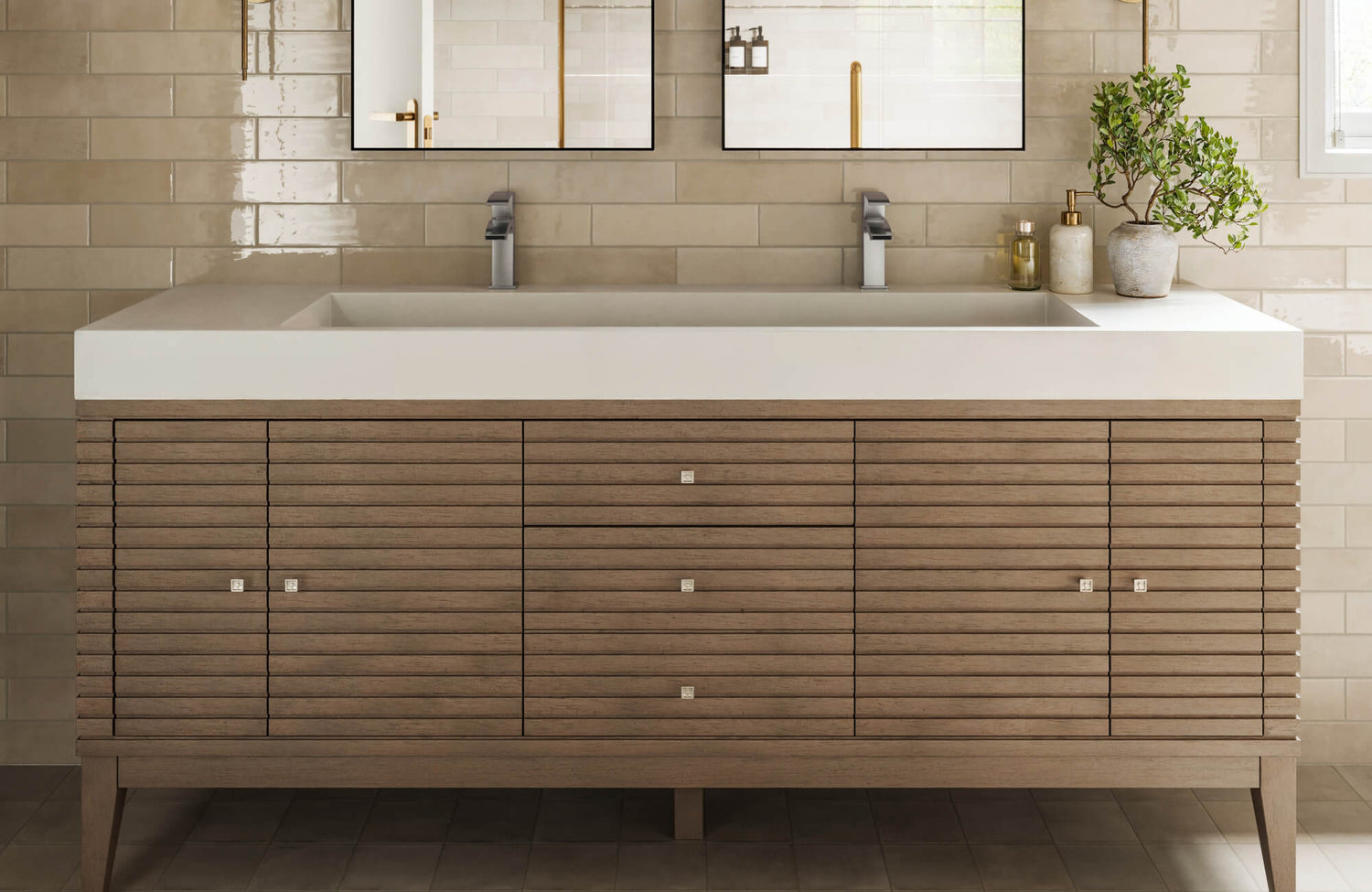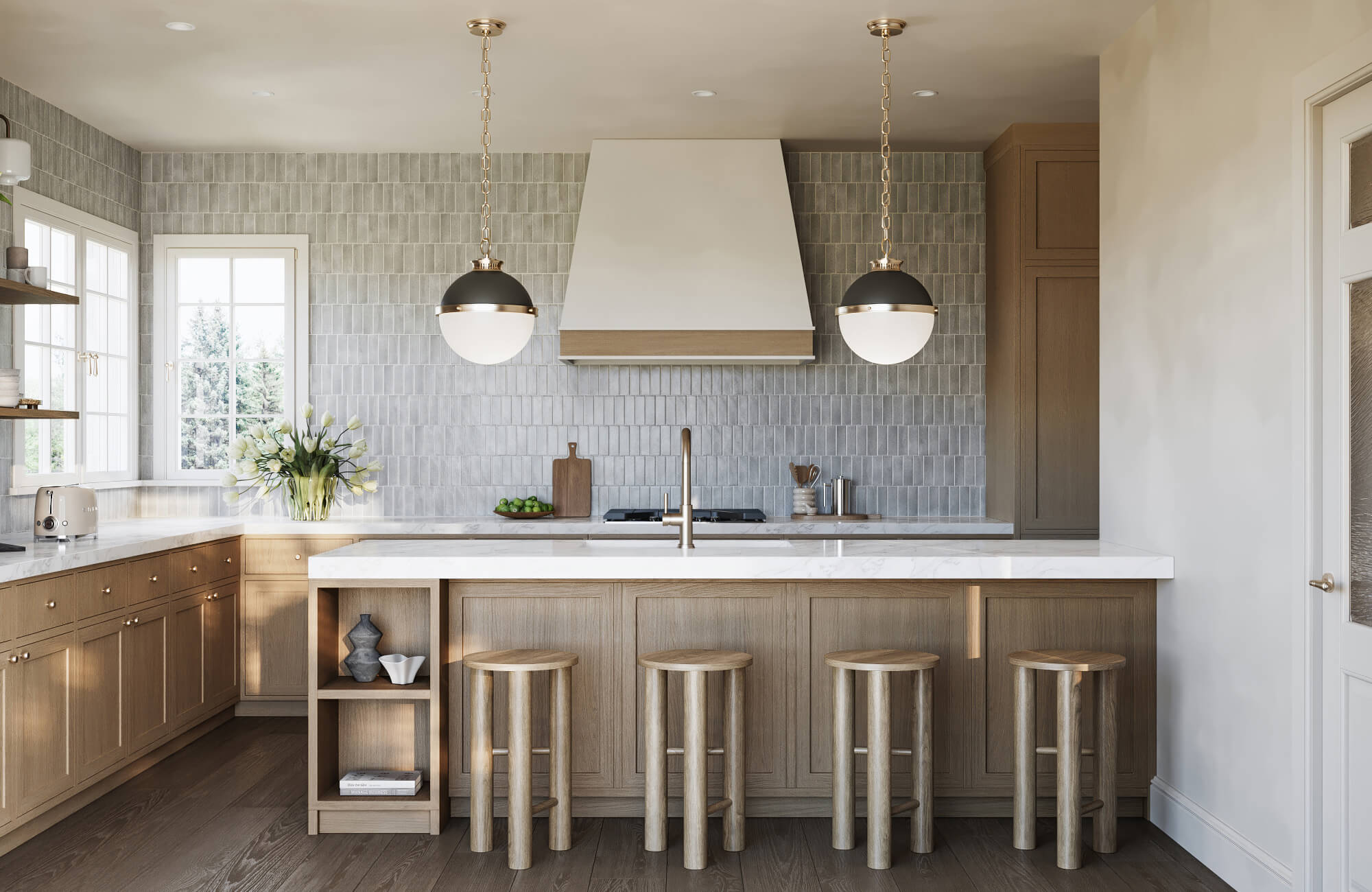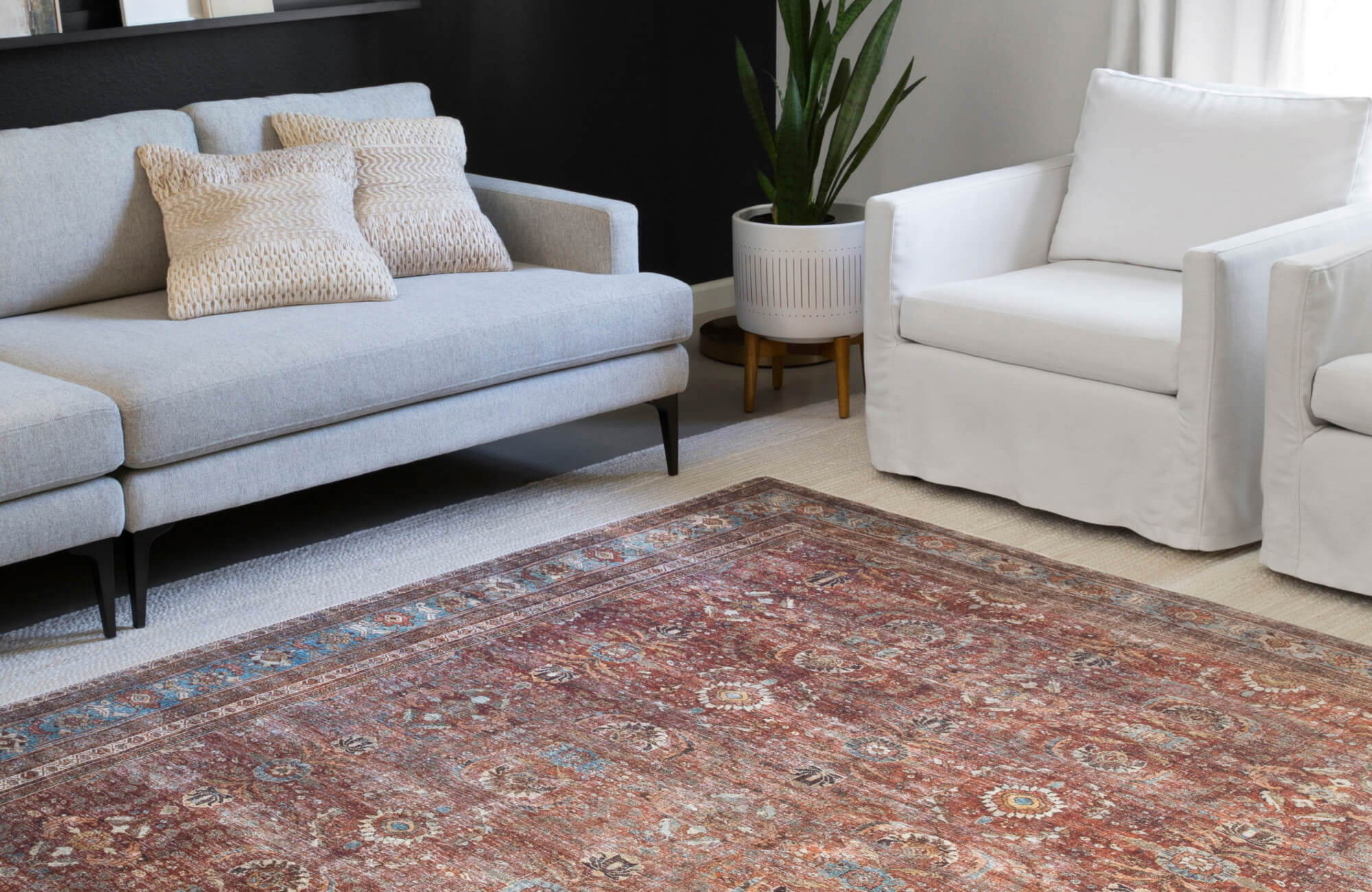.Choosing the perfect bathroom vanity unit can dramatically transform your bathroom’s functionality and aesthetic. It’s not just about finding a stylish piece—it’s about balancing storage, space, durability, plumbing compatibility, and your personal routine. This article explores every dimension of the decision-making process to help homeowners, designers, or renovators make an informed, stylish, and practical choice.
We’ll cover everything from evaluating your spatial layout and plumbing setup to selecting the right materials, addressing installation needs, and aligning with your interior theme. Whether you’re starting a new build or upgrading an existing bathroom, this comprehensive guide will point you to the ideal vanity.
Unveiling Your Bathroom's Potential
Before diving into the myriad of styles and finishes, it's essential to recognize the foundational impact a vanity has on both the utility and visual appeal of your bathroom. By understanding how your space functions and flows, you can choose a unit that enhances convenience and comfort.
Decoding Your Bathroom's Blueprint
The first step in choosing a bathroom vanity is understanding your current layout. Accurate measurements are crucial. Measure the width, depth, and height of the available space, and take note of any obstacles like doors, windows, or existing plumbing and electrical connections. Avoid conflicts such as inward-swinging doors or wall fixtures that might obstruct installation.
Also, consider the flow of movement within the room. You need adequate clearance around the vanity for comfortable movement. Think about the "golden triangle" in bathroom design, which typically refers to the efficient placement of the toilet, sink, and shower/tub to optimize usability and flow. Your vanity choice should integrate seamlessly into this established (or desired) layout, ensuring easy access to all essential fixtures.
The Plumbing Connections
Next, assess your existing plumbing. Are the pipes wall-mounted or floor-mounted? This will dictate the type of vanity you can install. Floating vanities require wall-mounted plumbing, while floor-mounted vanities offer more flexibility.
Check the rough-in dimensions for your sink and faucet. This refers to the precise location of the water supply lines and the drain pipe, to ensure that the sink bowl and faucet you choose will align correctly with your existing plumbing. Be aware that the P-trap (the U-shaped pipe that prevents sewer gases from entering your home) and supply lines will occupy space within the vanity cabinet, as this can impact your usable storage space. If you're unsure about any plumbing aspects, consult a professional plumber to evaluate any necessary adjustments before purchase.
Personalizing Your Vanity for Lifestyle and Storage
After understanding your layout and plumbing, the next consideration is how your vanity will serve your daily needs. A well-designed vanity should support your lifestyle and help keep your bathroom organized.
Organize Your Daily Essentials
Begin by taking everything you currently store, or wish to store, in your bathroom: toiletries, grooming tools, medications, towels, and cleaning supplies. Include both everyday items and occasional-use products to gauge how much space you'll require. Listing these out will give you a concrete idea of the volume and variety of items your new vanity needs to accommodate. Consider not just what you use daily, but also what you need to take out of sight for a clutter-free environment.
Adapt to Household Dynamics
Your daily routines and the number of users sharing the space should directly inform your vanity selection. For solo users, a compact vanity with minimal storage might be sufficient, but couples often benefit from the practicality of double sinks and ample drawer space to keep shared essentials organized. A great example is the Maxine 72" Double Vanity in Washed Natural Veneer with Carrara Marble Top from Edward Martin, as shown in the photo above. It not only provides a generous surface area and dual basins for simultaneous use but also elevates the space with its elegant natural finish and timeless marble countertop.
Families with children, however, may require low drawers for children, separate compartments for individual items, and lockable sections for safety. Moreover, consider what kind of items need to be readily available versus those that can be tucked away.
Storage Design Options
Hidden storage, primarily through drawers and cabinet doors, offers a clean, uncluttered look, perfect for stowing away less attractive essentials like cleaning supplies or extra toilet paper. Drawers are excellent for organizing smaller items and preventing them from getting lost in deep cabinets. On the other hand, open shelving can create a more airy feel and is ideal for displaying decorative items, neatly folded towels, or frequently used, aesthetically pleasing products. Many modern vanities offer a mix of both, providing the best of both worlds with integrated organizers like drawer dividers or pull-out trays to maximize every inch of space.
Crafting Your Sanctuary
Once functionality is defined, it’s time to select materials and fixtures that reflect your design preferences and stand up to daily use.
Exploring Cabinetry Materials
The material you choose for your vanity cabinet plays a critical role in determining its durability, moisture resistance, and overall visual impact. Solid wood options like oak, maple, or cherry provide exceptional strength and timeless style, infusing warmth and character into the bathroom. While highly durable, solid wood requires sealing and ongoing maintenance to protect against moisture and prevent warping.
Plywood serves as a reliable alternative, offering good structural stability and moderate water resistance depending on its grade. MDF (medium-density fiberboard) has a smooth surface suitable for painted finishes but is generally less moisture-resistant unless specially treated. Both materials can effectively mimic the appearance of solid wood using veneers.
Budget-conscious options, such as particleboard or melamine, deliver affordability and a variety of finishes, but they’re more vulnerable to moisture damage and not ideal for high-humidity bathrooms. For those prioritizing sustainability, materials like bamboo or recycled composites are gaining popularity, offering both environmental benefits and respectable durability in bathroom conditions.
Countertop Contenders
Bathroom countertops must balance utility with visual impact. Natural stones like granite and marble offer timeless luxury. Granite is heat-resistant and sturdy but requires periodic sealing, while marble’s elegant veining adds sophistication, though it demands more delicate care. For a more practical and popular option, engineered quartz stands out, thanks to its durability, non-porous surface, and minimal maintenance.
Solid surface materials provide a sleek, seamless look, often with integrated sinks, and are easy to clean, though they’re slightly less heat-resistant than natural stone. Laminate remains a budget-conscious option, available in many colors and patterns, but it’s more prone to wear and moisture damage over time. Concrete, on the other hand, delivers a bold, industrial feel and is highly customizable. Just keep in mind it’s heavy and requires sealing to maintain its finish.
Sink Brilliance
The sink plays a pivotal role in both the function and the aesthetic of a bathroom vanity. Undermount sinks create a sleek, seamless appearance, sitting below the countertop for easy cleaning. Drop-in sinks, with their rim resting on the surface, are simpler to install and can serve as subtle design accents.
For a bold visual statement, vessel sinks, which sit entirely above the countertop, add height and flair but may require taller faucets and are more prone to splashing. Integrated sinks, molded from the same material as the countertop, offer the cleanest look and are common in modern solid surface designs.
Sink materials also influence style and maintenance. Ceramic and porcelain remain classic for their durability and ease of cleaning. Stainless steel lends a modern edge and resists damage, but may show water spots. Glass sinks, while striking and artistic, need more frequent cleaning and careful handling due to their fragility.
Hardware Touch
Vanity hardware, like knobs, pulls, and hinges, does more than serve a functional role; it ties the overall design together. Pulls offer a sleek, modern look and are often easier to grip, while knobs lend a more traditional or classic charm.
The finish you choose makes a noticeable design impact. Brushed nickel and chrome remain timeless and adaptable across styles, while matte black creates a bold, contemporary edge. Brass or gold finishes can also introduce warmth and a touch of elegance.
Functionality matters, too. Soft-close hinges and drawer slides enhance the user experience by reducing noise and wear from slamming. For families with children, look for hardware that can be child-proofed. And for accessibility, prioritize options that are easy to grasp and operate. Thoughtfully chosen hardware blends style with everyday comfort.
Integrating Style and Practicality
Transforming your bathroom into a cohesive and inviting space involves more than just selecting functional pieces; it demands a harmonious blend of practical needs with aesthetic desires, especially when it comes to your vanity.
Stylistic Statements
Your vanity sets the tone for the entire bathroom. For those drawn to clean simplicity, modern or contemporary vanities emphasize sleek design with flat-panel doors, minimal hardware, and finishes like glossy lacquer or matte black, perfect for a streamlined, functional aesthetic.
If you're looking to create a timeless, refined space, traditional or classic vanities bring warmth through rich wood tones like cherry or mahogany. These often feature raised-panel doors, decorative molding, and elegant hardware such as polished brass or antique bronze, offering a sense of heritage and sophistication. The Rosalie 36" Single Vanity in Amber Birch with White Zeus Quartz Top, as displayed in the photo above, beautifully captures this elegance. It combines warm, wood-inspired charm with a fresh, polished countertop that fits seamlessly in both traditional and transitional settings.
For a cozy, lived-in charm, farmhouse or rustic styles highlight natural textures and reclaimed wood. With elements like barn-door hardware, vintage pulls, or Shaker-style doors, these vanities evoke comfort and authenticity, ideal for more relaxed spaces.
Transitional vanities strike a balance between modern minimalism and classic charm. Their clean lines are softened with subtle detailing and warmer materials, making them a versatile choice for a variety of interiors. The perfect example is the Maxine 55" Single Vanity in Washed Natural Veneer with Carrara Marble Top. Its natural wood finish brings warmth, while the marble countertop and refined silhouette blend seamlessly into both contemporary and traditional settings.
For those who want to make a bold, personal statement, an eclectic approach allows you to mix styles, finishes, and eras. Think modern cabinetry paired with a vintage mirror or combining matte metals with natural woods. To maintain harmony, tie the look together with a consistent color palette or a repeated material detail.
Storage Savvy
Efficient storage is essential to a well-functioning vanity. Choosing between drawers and cabinets depends on what you need to organize. Drawers are excellent for everyday essentials like toiletries, makeup, and grooming tools, offering easy access and preventing clutter buildup. Cabinets, especially those with adjustable shelving, are ideal for storing bulkier items such as towels, cleaning products, or extra supplies.
To elevate functionality, look for integrated storage solutions, such as drawer dividers, pull-out trays, or built-in holders for hair tools. These features keep items organized and within reach, minimizing mess and improving accessibility.
Your layout also benefits from a thoughtful balance of open and closed storage. Open shelves can display neatly folded towels or decorative items, lending an airy, curated feel, but they require tidy upkeep. In contrast, closed storage conceals everyday clutter, maintaining a clean, streamlined appearance.
In smaller bathrooms, consider vertical storage options like tall linen towers or slim cabinet extensions. These solutions take advantage of unused wall space and help keep your daily items orderly without encroaching on the room’s footprint.
Lighting the Way
Effective bathroom lighting should strike a balance between function and ambiance. Task lighting is especially important for grooming activities such as applying makeup, shaving, or styling hair. For clear, shadow-free visibility, install sconces on either side of the mirror at eye level or opt for a light bar positioned above. These placements ensure even facial illumination, reducing harsh shadows and enhancing accuracy during detail-oriented tasks. A well-designed fixture, such as the Ortega Wall Sconce in Patina Brass, also elevates both the performance and style of your space. Its warm metallic finish and sculptural form add a layer of refined elegance while casting flattering, focused light where it’s needed most.
To brighten the entire room, pair task lighting with ambient sources like recessed ceiling lights or flush-mounted fixtures. These create a comfortable, evenly lit environment that supports general use and movement within the space.
The quality of light also matters, particularly its color temperature. Cool white light in the 4000K to 5000K range closely mimics natural daylight and provides excellent color accuracy, making it ideal for grooming routines. Meanwhile, warmer light (2700K to 3000K) can soften the mood, perfect for unwinding in the evening.
Adding dimmable lighting further enhances flexibility, allowing you to shift seamlessly between functional brightness and soothing ambiance depending on the time of day or your activity. For a streamlined aesthetic and added convenience, many modern vanities and mirrors now feature integrated lighting solutions that merge design and practicality in one polished package.
Mirror Selection
The mirror choice is not merely functional; it's a key design element that complements the vanity and enhances the bathroom's perceived size and brightness. Framed mirrors can add a decorative touch, matching the vanity's style or introducing a contrasting element. Frameless mirrors, on the other hand, offer a minimalist, contemporary look that can make a small bathroom feel more expansive.
Also, ensure the mirror style matches the vanity style for a cohesive design. A rustic vanity might pair well with a reclaimed wood frame, while a modern vanity would suit a sleek, frameless mirror or one with a simple metal frame. For example, the Paxton 72" Double Vanity in Pebble Oak with 3 cm White Zeus Quartz Top, shown in the photo above, brings refined modernity with natural wood warmth, ideal for pairing with a broad, understated mirror that balances its generous size and clean silhouette.
Consider adding functionality with mirrored medicine cabinets for hidden storage, or smart mirrors that offer features like integrated lighting, defoggers, or even display time and weather.
Finally, pay attention to the placement and size of the mirror in relation to the vanity and lighting. The mirror should be centered above the vanity, and its width should ideally be slightly less than or equal to the vanity's width for a balanced look. The top of the mirror should align with any overhead lighting or extend close to the ceiling to maximize light reflection.
Investment and Installation
Final considerations involve budgeting, customization, and how your vanity is integrated into the space.
Budgeting Brilliance
Establish a realistic budget that accounts not only for the vanity, sink, faucet, and hardware, but also for installation costs, which can vary based on whether you pursue a DIY approach or hire a professional. Understand what different price tiers offer: off-the-shelf vanities tend to be the most affordable and accessible, semi-custom options provide greater design flexibility at a moderate price, and fully custom builds allow for complete personalization, often at a higher cost. To stay on track financially, prioritize the features that matter most to your needs and style. Don’t forget to include a contingency for unexpected expenses, such as plumbing adjustments or electrical work, which can arise during renovation.
Custom vs. Pre-Built
Choosing between a custom or pre-built vanity largely depends on your project goals, timeline, and budget. Pre-built models offer affordability and convenience, making them a great option for straightforward renovations or standard-sized bathrooms. However, their fixed dimensions and designs limit creative freedom. Custom vanities, by contrast, are designed specifically for your space and allow for full personalization, ideal for unique layouts, niche requirements, or when a specific material or finish is desired. They’re especially useful in challenging spaces where standard sizes won’t fit or when you want a one-of-a-kind centerpiece. If you opt for a custom piece, be sure to work with a reputable cabinetmaker known for quality craftsmanship and design expertise.
The Installation Journey
Installation can be a rewarding DIY project or best left to professionals, depending on your comfort level and the project’s complexity. If you’re installing the vanity yourself, prepare thoroughly by gathering the right tools and reviewing all instructions in advance. Steps typically include assembling the vanity, securing it to the wall (especially for floating models), installing the countertop and sink, and connecting plumbing. Precise measurements and safety precautions, particularly around plumbing and electricity, are crucial for success. For more intricate setups or peace of mind, consider hiring a skilled installer with verified experience and strong client feedback to ensure a smooth and efficient process.
Longevity and Luster
Proper care and maintenance are essential to ensure your vanity retains its beauty and functionality over time. Use cleaning products suited to your countertop material. Avoid harsh chemicals on engineered surfaces and stick to pH-neutral solutions for natural stone. For wood cabinets, protect against moisture damage by wiping spills immediately and ensuring good ventilation. Address minor issues like scratches, water spots, or loose hardware early to prevent long-term wear. Regularly inspect plumbing connections for leaks, which, if left unchecked, can lead to serious water damage. With routine upkeep, your vanity will continue to be a stylish and functional highlight of your bathroom for years to come.
Your Perfect Vanity: A Lasting Investment
Choosing the ideal bathroom vanity unit is a journey that intertwines practical considerations with personal style. By carefully evaluating your space, understanding material properties, and envisioning your desired aesthetic, you can transform a functional necessity into a stunning centerpiece that enhances your daily routine and elevates your bathroom's overall appeal. Remember, a well-chosen vanity is not just a fixture; it's an investment in the comfort, efficiency, and beauty of your home. If you need guidance in making the right choice, don’t hesitate to contact us; our team is here to help bring your vision to life.












